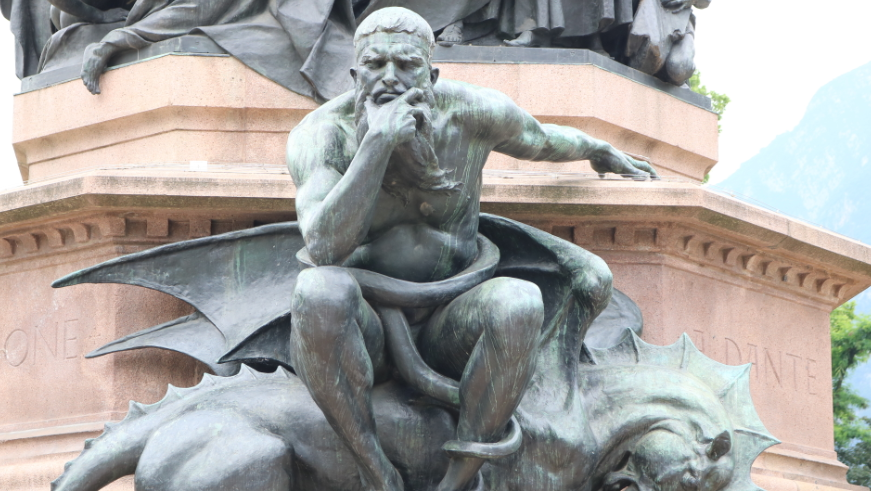Europe joins global scramble for critical minerals

(The opinions expressed here are those of the author, Andy Home, a columnist for Reuters.)
Europe has belatedly woken up to the fact it has a metals problem.
The region’s production capacity, particularly at the refining and processing stage of the supply chain, has been hollowed out by years of price attrition from lower-cost competitors, first and foremost China.
“Europe has reached a critical fork in the road,” according to European metals association Eurometaux.
Europe’s minerals strategy largely boils down to the same as that across the Atlantic, namely find, mine, refine and recycle
“The next five years will decide whether we succeed in recovering and growing our sustainable metals and minerals value chains, or whether other areas of the world will push further ahead in the global resources race,” it said in a mid-year white paper.
The European Commission agrees, realising its big green industrial revolution will need a lot of metals the region currently doesn’t have.
This week has brought an updated critical minerals list and the unveiling of the Commission’s grand plan for doing something about an import dependency that has been exposed across multiple sectors by covid-19.
The European Union (EU) is now following the same path as Japan and the United States in building out its own metallic supply chains.
It’s another sign that industrial metals are emerging as a key fault line in a shifting global economic order.
Critical minerals
The EU’s critical minerals list is very similar to that of the United States, comprising some of the least known elements of the periodic table such as beryllium, hafnium and scandium.
Bauxite (aluminum), titanium, lithium and strontium have been added in the latest three-yearly update, while helium has been dropped “due to a decline in its economic performance”. Nickel is not included but will be monitored “closely”.
It’s worth noting that both aluminum and titanium have already undergone “Section 232” national security investigations in the United States, resulting in tariffs and further negotiations with supplier countries respectively.
Aluminium is a case example of Europe’s raw materials problems if it is to achieve its Paris Agreement carbon emissions targets.
The metal was identified by the World Bank as the biggest demand beneficiary of a drive towards renewable energy. Yet Europe’s primary aluminum production capacity has fallen by around one-third since 2008.
Strontium is included because the entire region relies on a single European company for the supply of a metal that is used in ceramic magnets and robotics.
Lithium might look like a belated addition to the list, given its central role in batteries for electric vehicles, one of the pillars of Europe’s “Green Deal” carbon-reduction strategy.
But the metal is already a core focus for the “European Battery Alliance”, an EU private-public initiative that has been running since 2017.
A broader “European Raw Materials Alliance” will now be established along similar lines.
Its initial priority will be rare earths and the magnet chain, “as this is vital to most EU industrial ecosystems (including renewable energy, defence and space)”.
Spheres of influence
Europe’s minerals strategy largely boils down to the same as that across the Atlantic, namely find, mine, refine and recycle.
However, as the United States is already learning with rare earths, building an entire supply chain from scratch is a tricky business.
The Commission, for example, estimates that its battery materials initiative will “lead to 80% of Europe’s lithium demand being supplied from European sources by 2025.”
The target seems highly ambitious given finding and mining the lithium is the (relatively) easy part. Refining it into chemical form and then making lithium-ion batteries is the hard part and the technical expertise currently resides in Asia, particularly China.
Quite clearly, minerals and metals processing alliances will be needed with friendly suppliers such as Canada and Australia.
The EU also proposes to tap geographical neighbours Norway and Ukraine and it is “important to integrate the Western Balkans into EU supply chains,” the Commission said, noting that Serbia has borates and Albania has platinum deposits.
In addition, “strategic partnerships” are “particularly relevant with resource-rich developing countries and regions such as Africa”, where the European Union can splash its cash both to get the minerals it needs and to ensure they are responsibly produced.
A green revolution needs green metals, which poses particular supply-chain problems for a metal such as cobalt, a critical mineral tainted by the abuses of artisanal mining in the Congo.
It remains to be seen where European investment funds will flow but the region has now signed up to the great 21st century global game of expanding mineral spheres of influence.
Made in China
Given China’s dominance in the processing of metals such as aluminum, lithium and rare earth elements, the West’s desire to reduce supply-chain vulnerability means shifting supply chains away from the country.
It also means defending domestic industrial sectors from Chinese producers operating in a parallel universe of state support.
Particularly during times of crisis. Europe lost permanent metals production capacity to China in the 2009 global financial crisis as China recovered faster. The pattern looks set to repeat itself during the current covid-19 crisis.
Metals have been at the forefront of President Trump’s tariff wars
Hardest hit, now as then, are smaller companies typical of sectors such as metals recycling, another core pillar of the EU’s green industrial policy.
The European executive’s action plan identifies the need “to remove distortions to international trade” but doesn’t offer much in the way of detail as to how to do so.
The EU, according to Eurometaux, “must be bolder and less naive on the global stage”.
The metals association calls for strengthening “the EU’s trade and competition toolbox to safeguard European production from unfair competition (and) the distortive effect of subsidies and structural overcapacities in the global metals market”.
Climate issues should be explicitly considered in evaluating anti-dumping measures, it suggests, a policy long pushed by aluminum producers as a key differentiator with a coal-hungry Chinese aluminum sector.
Europe has this year already opened anti-dumping investigations into imports of Chinese aluminum extrusions and flat-rolled products.
The call by an association that includes many of Europe’s top metals users for more of the same is a sign of how much the world is moving off its previous axis of globalisation and free trade.
Metals have been at the forefront of President Trump’s tariff wars and Europe’s new critical minerals strategy is confirmation they are going to play a central part in the coming deglobalisation.
(Editing by Elaine Hardcastle)
{{ commodity.name }}
{{ post.title }}
{{ post.date }}

2 Comments
cacarr
Sort of surprised nickel didn’t make the list. They have a world class nickel sulfide deposit in their back pocket?
Me Bernard Nsanzimana
Refining and processing stages can also be undertaken from regions where minerals are dug. This value addition would reduce challenges in minerals supply chain and increase the take home money received by downstream role players. Investors in the mining sector would think about this and align their dreams with current trends in the minerals and metals sector.